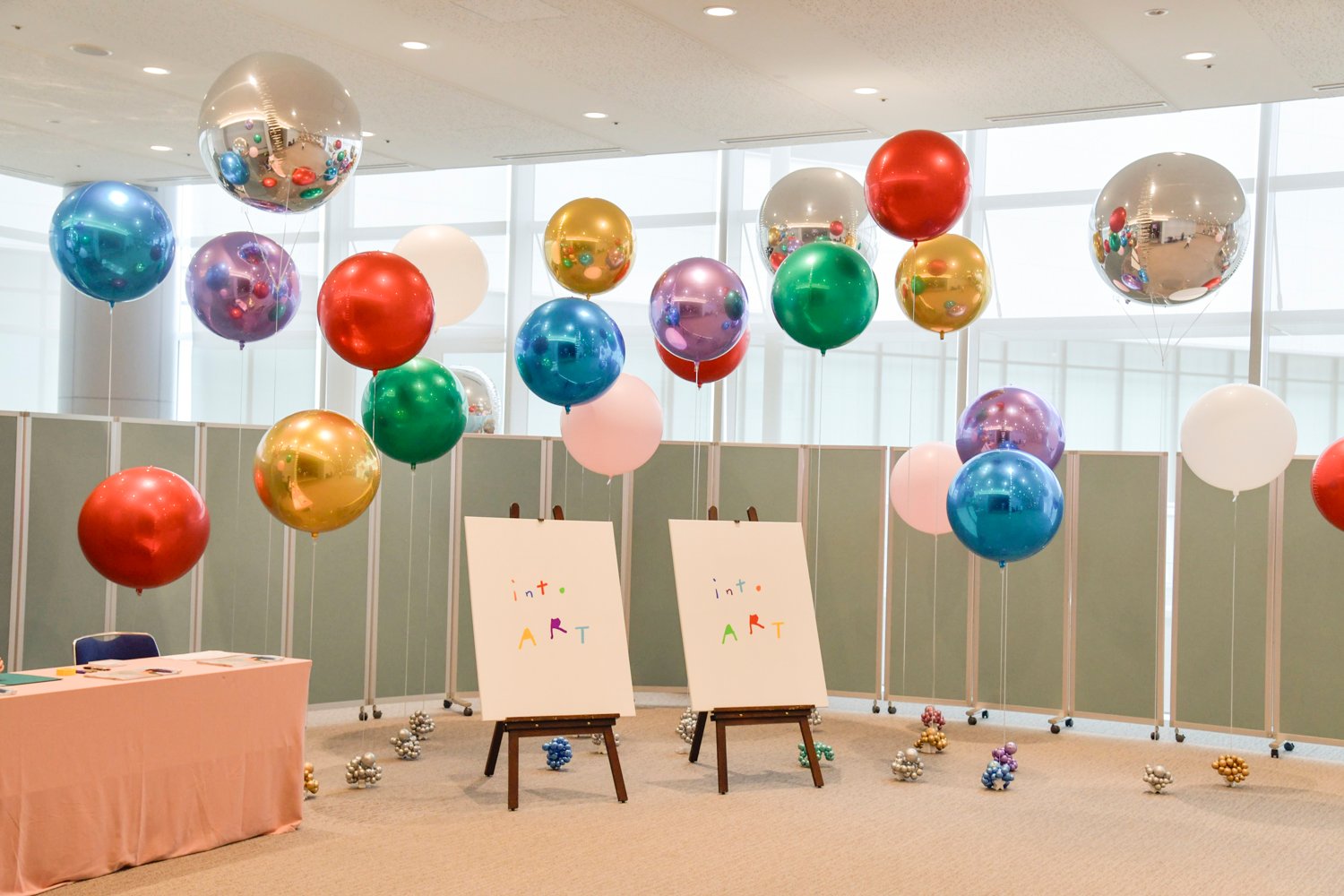
The Big Picture is excerpted from The Asia Pivot, Artnet Pro’s biweekly members-only newsletter providing mission-critical analysis, insights, and exclusive intelligence on developments in Asia’s art markets, with a focus on business opportunities and challenges. Subscribe here to receive it directly to your inbox.
When Yusaku Maezawa made headlines for his record-smashing $110 million purchase of a Jean-Michel Basquiat painting at Sotheby’s New York in 2017, the Japanese collector became an instant art-world celebrity. It also served as a reminder, for many, of the untapped potential of Japan. While Japan has the world’s fourth-largest economy, its local art market accounts for only 1 percent of the global art trade, according to the 2023 Art Basel/UBS market report. (Japanese officials have argued that the actual figure is higher.)
Pace Gallery, Tokyo. Photo by Nacasa & Partners, courtesy Pace Gallery.
Many in the country’s art industry have the ambition of reestablishing its place on the international stage, following its retreat amid an economic downturn in the 1990s. Recently, there have been positive developments, with government-backed, market-focused initiatives like Art Week Tokyo (AWT) and Art Collaboration Kyoto (ACK) drawing large crowds and favorable reviews. Both will stage their fourth editions this fall. Western galleries have also been opening outposts in Tokyo, and international patrons are paying more attention to the country. Young Japanese collectors have become a noticeable presence at key events like Art Basel in Switzerland last month and the second Tokyo Gendai last week.
However, it remains to be seen to what degree Japan’s market is truly expanding. Some galleries at Tokyo Gendai said that sales were slow. Several foreign exhibitors exhibiting for the first time said they met potential collectors in their 30s and 40s, but that those collectors appeared cautious. (Meanwhile, some collectors complained about the fair’s location in Yokohama, far from Tokyo. Many also questioned the decision to stage the fair during hot and humid July, rather during the Yokohama Triennale, which ended just a month ago. But on Wednesday, organizers announced that next year’s fair will take place on September 11 to 14, with the first day as the VIP preview.) The weak Japanese yen is making it costly for local dealers to participate in international fairs—and for Japanese buyers to purchase international art.
Tokyo Gendai 2024
But if the development is slow, so be it, some say. Patience and perseverance are cherished values in Japanese culture. Hayashi Yasuta, the director of the arts and culture division of Japan’s Agency for Cultural Affairs, told Artnet News that the country is planning for the next 50 or 100 years: Initiatives that started amid the pandemic are merely the first baby steps.
Restoring confidence among art collectors will take time. Before Japan’s economic bubble burst more than three decades ago, the country was known as one of the biggest buyers of world-class Asian and Western art. Today, that is not the case, even though some of the world’s bestselling living artists are Japanese. Yayoi Kusama was the second-highest living artist at auction in 2023, and Yoshitomo Nara was fifth, according to the Artnet Price Database.
However, Maezawa’s dramatic moves have shown a young generation of self-made Japanese entrepreneurs the possibility of making a difference as a collector. The young collector Kankuro Ueshima just opened his Ueshima Museum in Tokyo’s Shibuya area last month, and the country has no shortage of artists. International collectors should take advantage of the weak yen to scout talent. As with the brewing of the best Japanese sake, timing and commitment are essential.
This article was originally published in The Asia Pivot on July 10, 2024.